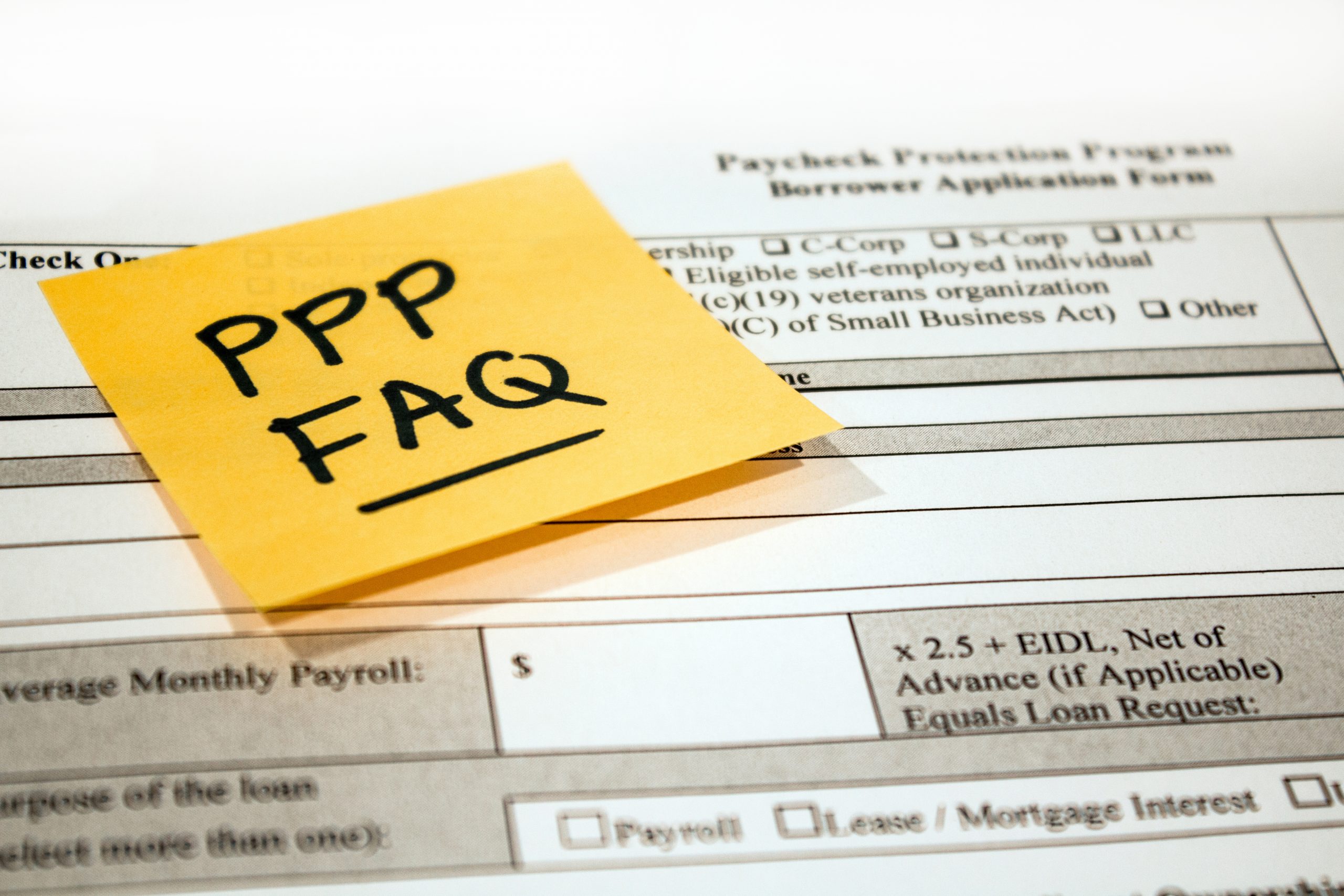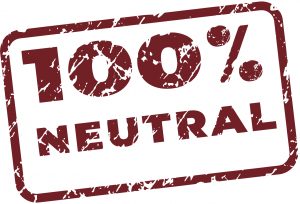So, you got a PPP Loan, what now? The key feature of the PPP loans is the ability to turn them into grants, i.e., forgiven. But there are rules you must comply with to maximize the amount forgiven. The PPP is a work in progress so the SBA may change some of the guidelines but here is the best information available at the moment and some questions that need to be answered.
How Do I Figure Out How Much Of The Loan Will Be Forgiven?
Start by reading the Loan Agreement and SBA Note you signed. Your loan documents should spell out the requirements but probably do so in a way that leaves as many questions as answers. Ultimately, loan forgiveness is spelled out in Section 1106 of the CARES Act (read it here), which states that the loan can be forgiven up to the full principal amount plus accrued interest if the Borrower (i) uses all of the proceeds for eligible purposes; (ii) maintains employment levels; and, (iii) maintains compensation levels within the “covered period.” There is a lot to unpack here to ensure maximum forgiveness.
What Costs Are Eligible To Be Forgiven?
The first thing you should keep in mind is that to be eligible the costs are specific costs that are “costs incurred and payments made during the covered period.” §1106(b). The covered period is the 8 week period beginning on the date of loan origination. This raises the question of whether cost incurred prior to the covered period but paid during the covered period is eligible. For instance, if your loan funds on May 4th and you use some of that loan to pay rent that was due on May 1st, is that rent payment eligible. What if the loan funds on May 4th and you want to use the proceeds for July 1st rent? The covered period expires June 28th. If you prepay rent on June 27th is that incurred during the covered period? So far there is no guidance on these technical questions but if you want July’s rent to be included in calculating forgiveness you should make the payment within the 8 week covered period.
Section 1106(b) makes the loan forgivable for payments made for (1) Payroll costs; (2) Any payment of interest on any covered mortgage obligation (which shall not include any prepayment of or payment of principal on a covered mortgage obligation); (3) Any payment on any covered rent obligation; (4) Any covered utility payment. Rent and mortgage interest are self-explanatory but what are eligible payroll costs and eligible utility payments.
A ‘‘covered utility payment’’ means payment for a service for the distribution of electricity, gas, water, transportation, telephone, or internet access for which service began before February 15, 2020. This is a pretty broad definition of utilities but timing issues could arise here also. Many VOIP phone services, for instance, offer discounts for paying annually in advance. Is a pro rata portion of telephone service eligible if the annual payment was made outside the 8 week covered period? Is the entire year eligible if paid within the covered period?
Payroll costs are perhaps the most complicated part of this calculation for two reasons. First, the definition of payroll costs leaves some questions unanswered and second there are two payroll-related tests that, if not met, could reduce the amount of forgiveness even if you used the entire loan for eligible costs. Section 1106 defines payroll costs by reference to Section 1102. §1102 defines “payroll costs” as the sum of payments of any compensation with respect to employees that is:
- salary, wage, commission, or similar compensation; payment of cash tip or equivalent; payment for vacation, parental, family,
- medical, or sick leave; allowance for dismissal or separation;
- payment required for the provisions of group health care benefits, including insurance premiums;
- payment of any retirement benefit;
- or payment of State or local tax assessed on the compensation of employees; and
- the sum of payments of any compensation to or income of a sole proprietor or independent contractor that is a wage, commission, income, net earnings from self-employment, or similar compensation and that is in an amount that is not more than $100,000 in 1 year, as prorated for the covered period;
Use of the loan proceeds to replace net earnings from self-employment is clearly within the definition of eligible payroll costs but on its face is limited to sole proprietor’s self-employment income. Of course, including a sole proprietor’s self-employment compensation but not a partner’s makes little, if any, sense. This Forbes article implies that the exclusion is to prevent partners obtaining loans at the same time as the partnership. That makes sense but the article then goes on to say that the SBA Guidelines allow the self-employment income of a partner to be treated as payroll costs. Although lenders do appear to be allowing the inclusion of this income in the calculation of loan amounts, the Guidelines themselves are silent on this point.
Banks have begun accepting proof of self-employment compensation even if it is not reported on Schedule C (sole proprietor’s business income) but no guidance has been issued on whether this compensation which supports the loan amount will also be included in the calculation of forgiveness.
What Other Rules Could Result In Reduction or Elimination of Forgiveness?
The goal of the PPP, as its name implies, is to provide small businesses a means for continuing to meet payroll or to re-hire furloughed employees. In short, to protect payroll. Although non-payroll expenses will qualify for loan forgiveness, the Act includes two tests that reduce the amount of the loan that can be forgiven if not passed.
Although using the loan for qualified expenses will result in loan forgiveness, the amount of forgiveness will potentially be reduced by two things:
- the percentage by which the business’s full time equivalent employees are reduced during the “covered period” compared to one of two prior periods at the borrower’s election (2/15/19-6/30/19 or 1/1/20 and 2/29/20).
- the amount by which any employee’s salary or wages are reduced more than 25% of the total salary or wages of the employee during the most recent full quarter during which the employee was employed before the covered period.
The first test potentially results in a percentage reduction of the forgivable amount. Full Time Equivalent employees is not a defined term in the statute but is defined elsewhere. However, there are working definitions in other federal statutes. For instance, under the Affordable Care Act, the total number of hours worked by part-time workers in a month is divided by 120 hours to determine the FTE for that month. The IRS also uses of 30 hour per week but uses 130 hours per month instead of the ACA’s 120 hours. As an example, assume your small business has 12 part-time employees, who collectively worked 1200 hours between January 1, 2020 and February 29, 2020. That is 600 hours per month divided by 120 hours or 130 hours means you employed 4.6 – 5 FTEs depending on which statutory definition is used. As long as you employ the same number of FTEs during the covered period all of your eligible expenses would apply to loan forgiveness dollar for dollar.
The second test reduces the loan forgiveness amount by the amount any employee’s salary or wages are reduced more than 25% of their wages for the most recent full quarter before the covered period. In other words, any employee that received a salary or wages during the last full quarter prior to the covered period must be paid 75% of the salary or wages they were paid in that quarter or the amount of loan forgiveness is reduced by the amount that threshold is not met. Of course, this could lead to absurd results. An employee who quit at the end of January, would presumably have to be paid 75% of the amount they were paid in January even though they were no longer employed before the shutdown and have no intention of returning to work.
To qualify for forgiveness then, the borrower must use the funds for eligible purposes and show that salaries and wages were maintained at a minimum of 75% for each employee and that the number of FTEs did not decrease during the covered period. Documentation requirements will vary by lender but the lender is not charged with verifying the accuracy of these documents. Instead, fraudulent filings will be dealt with by the SBA.




